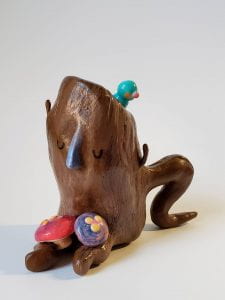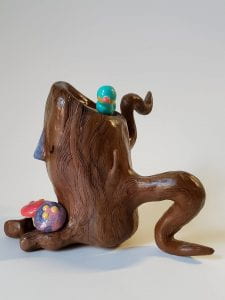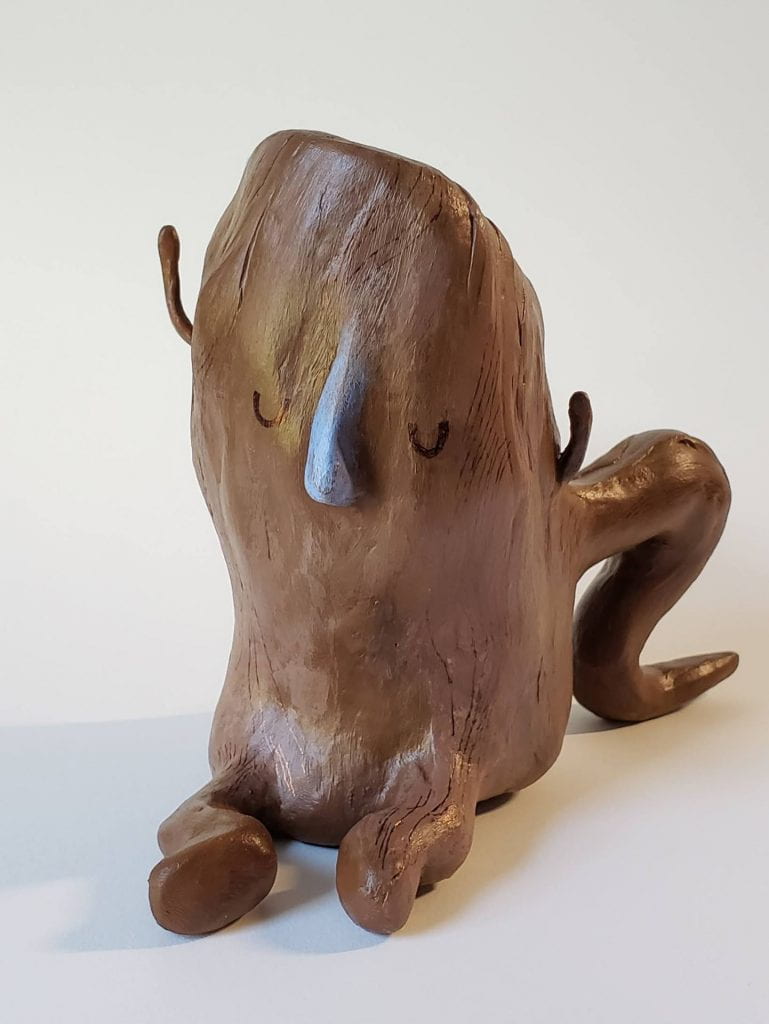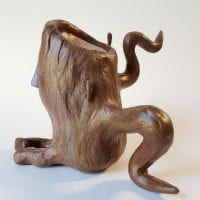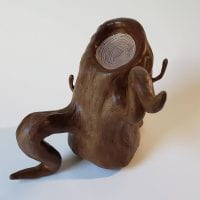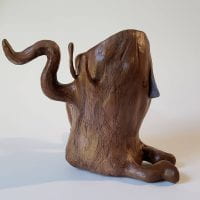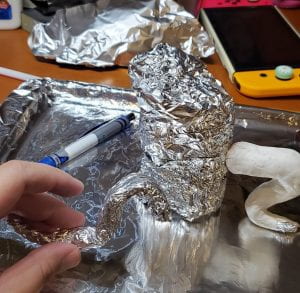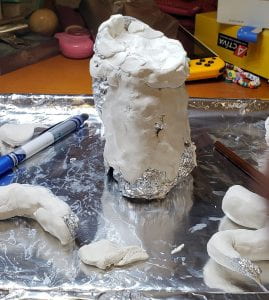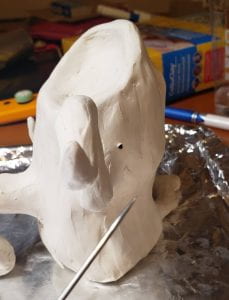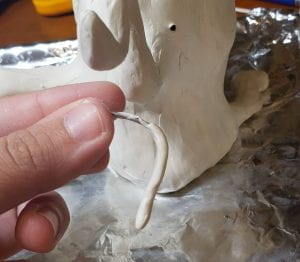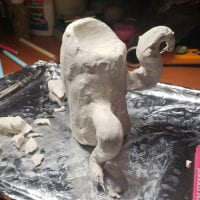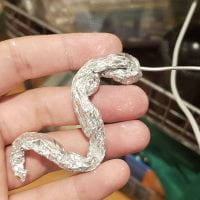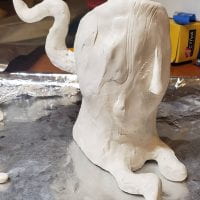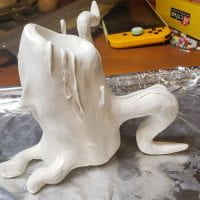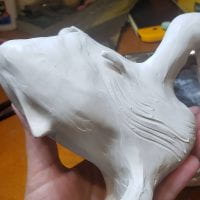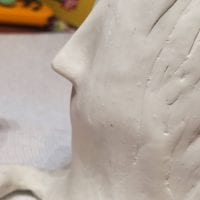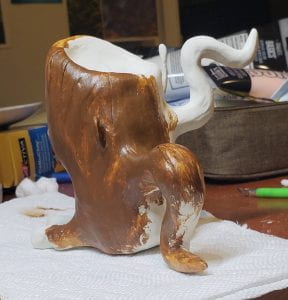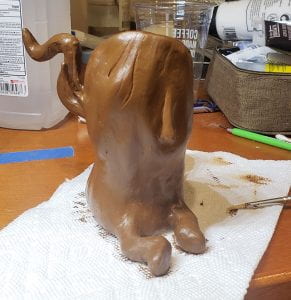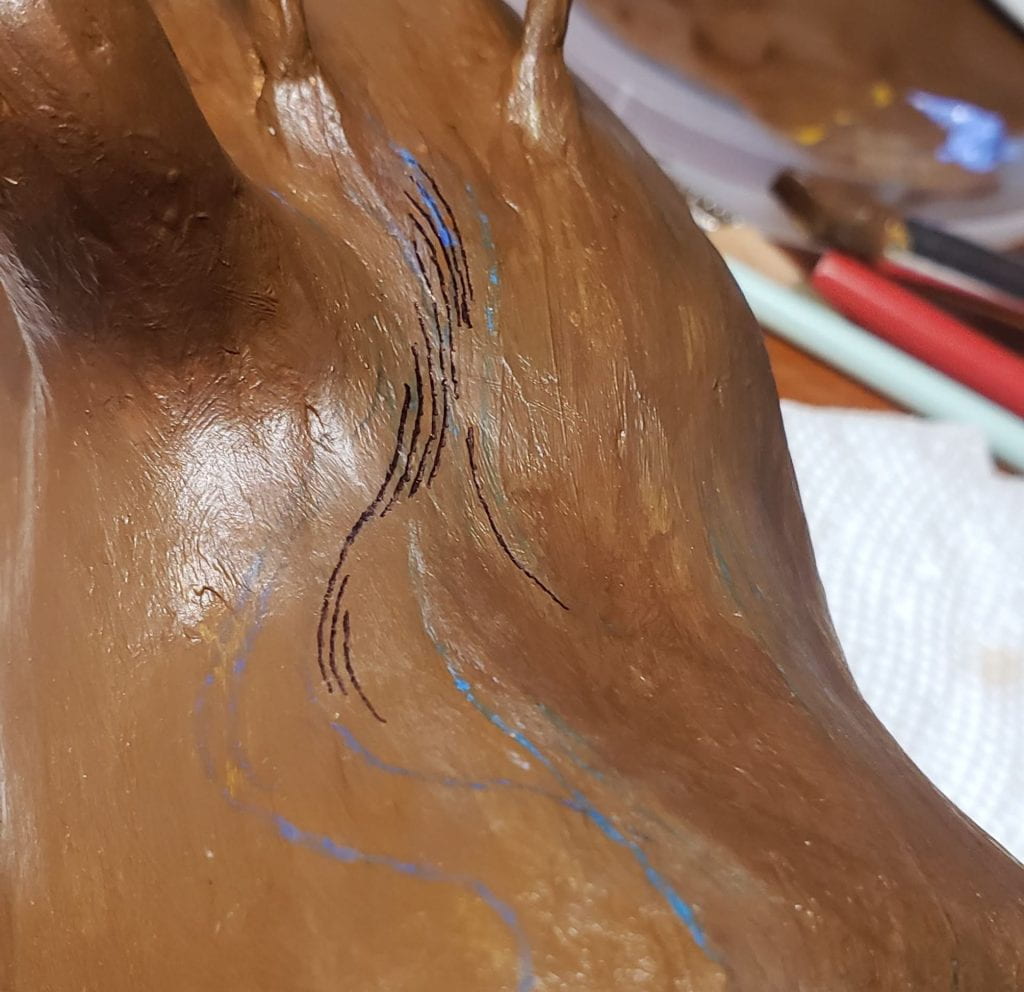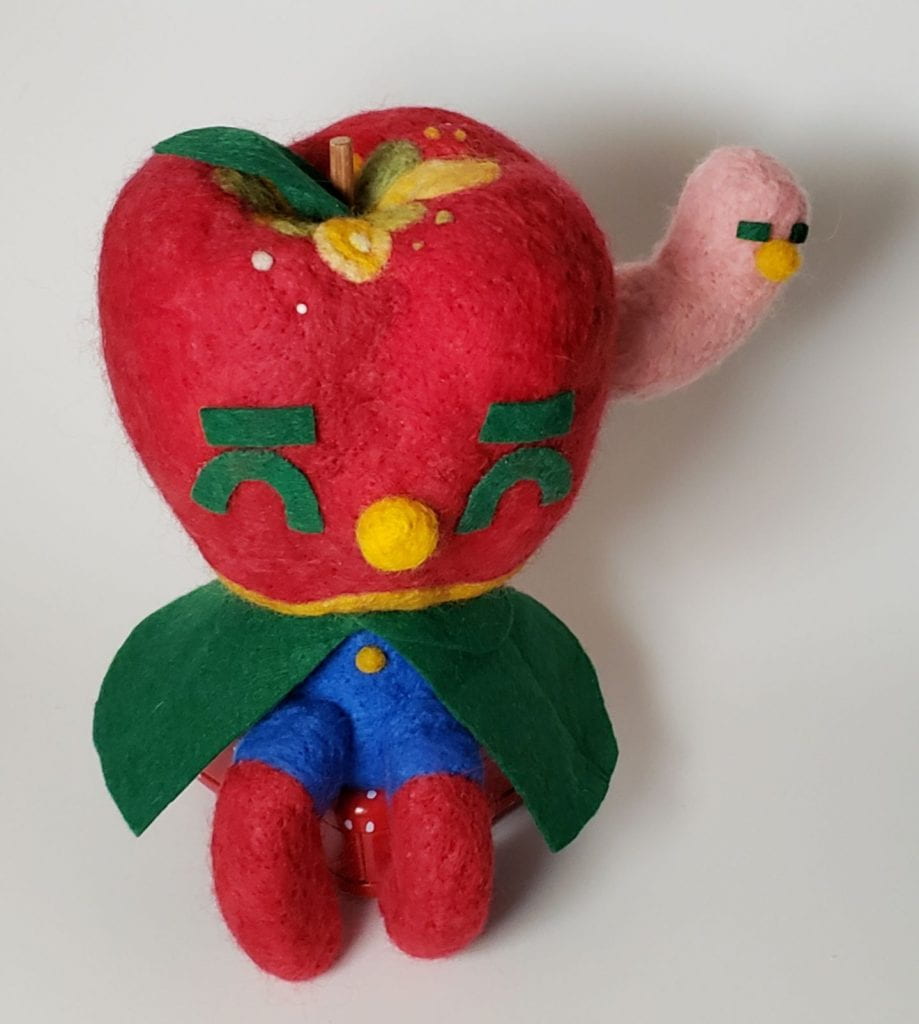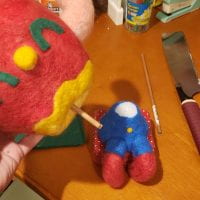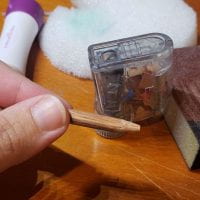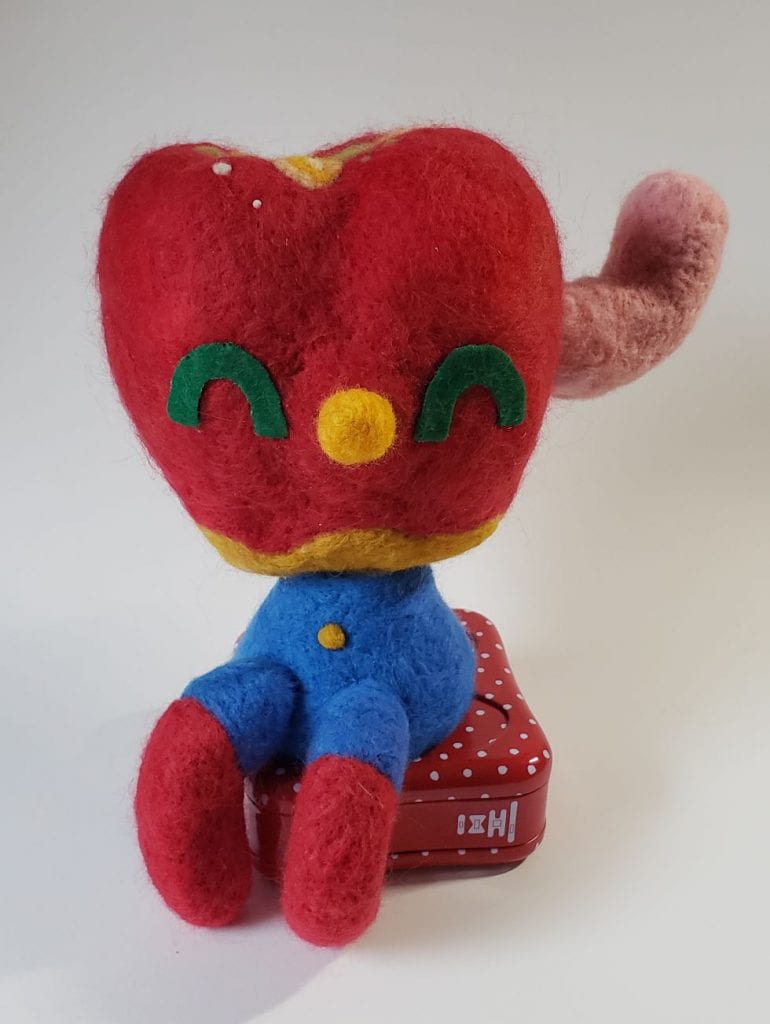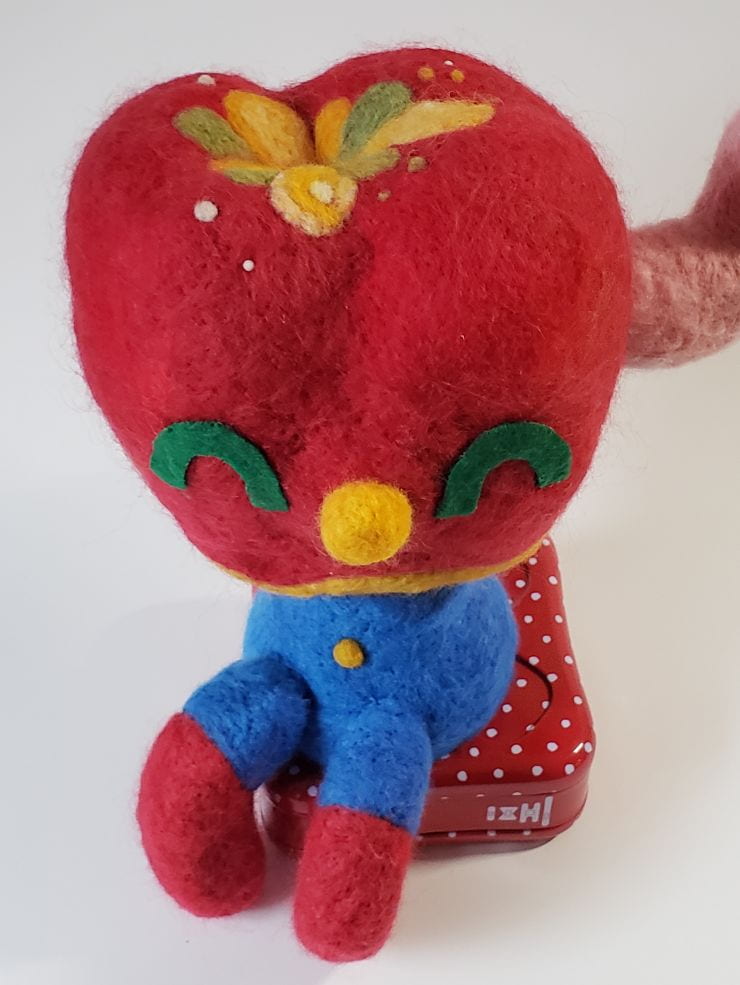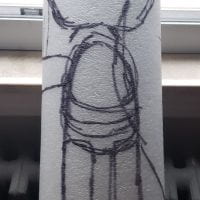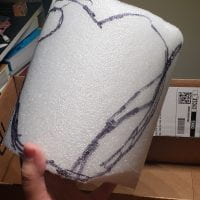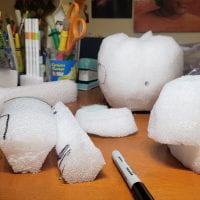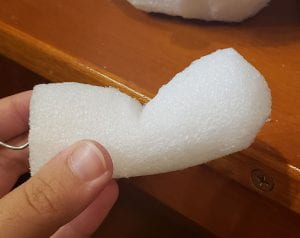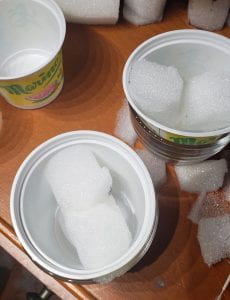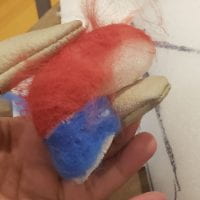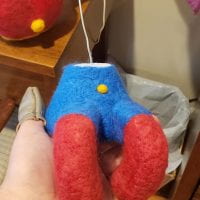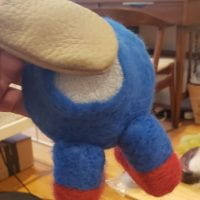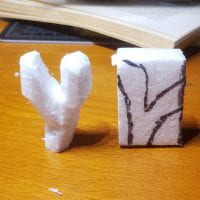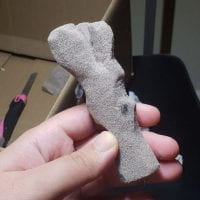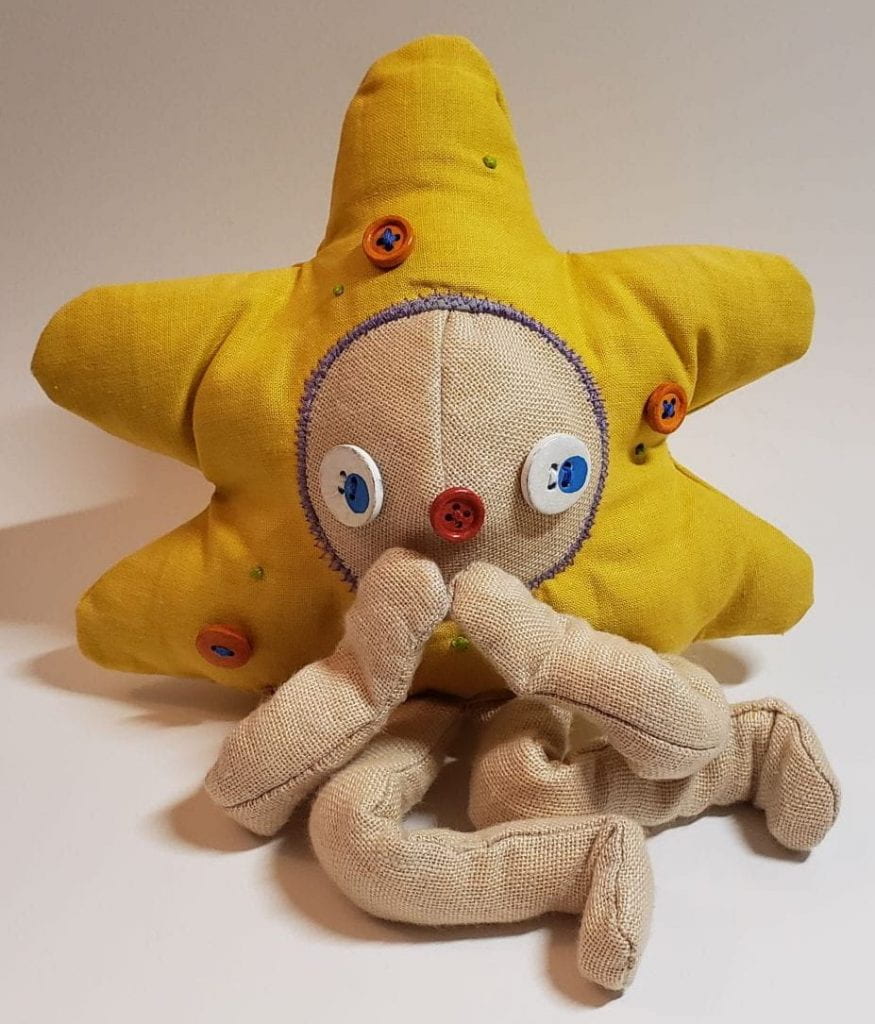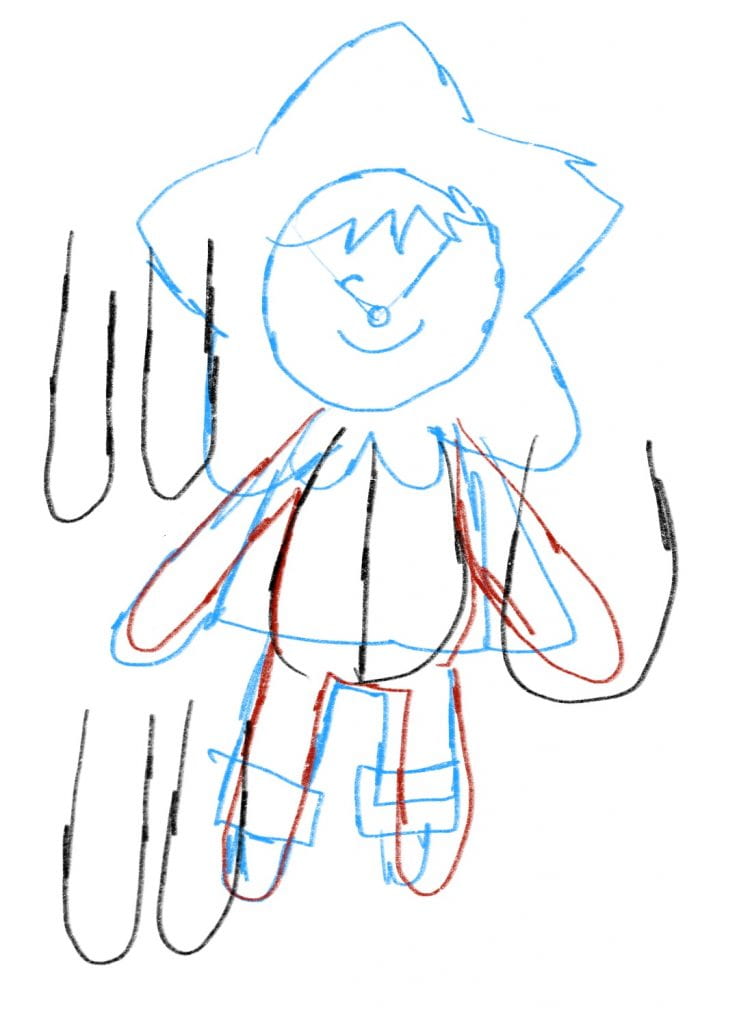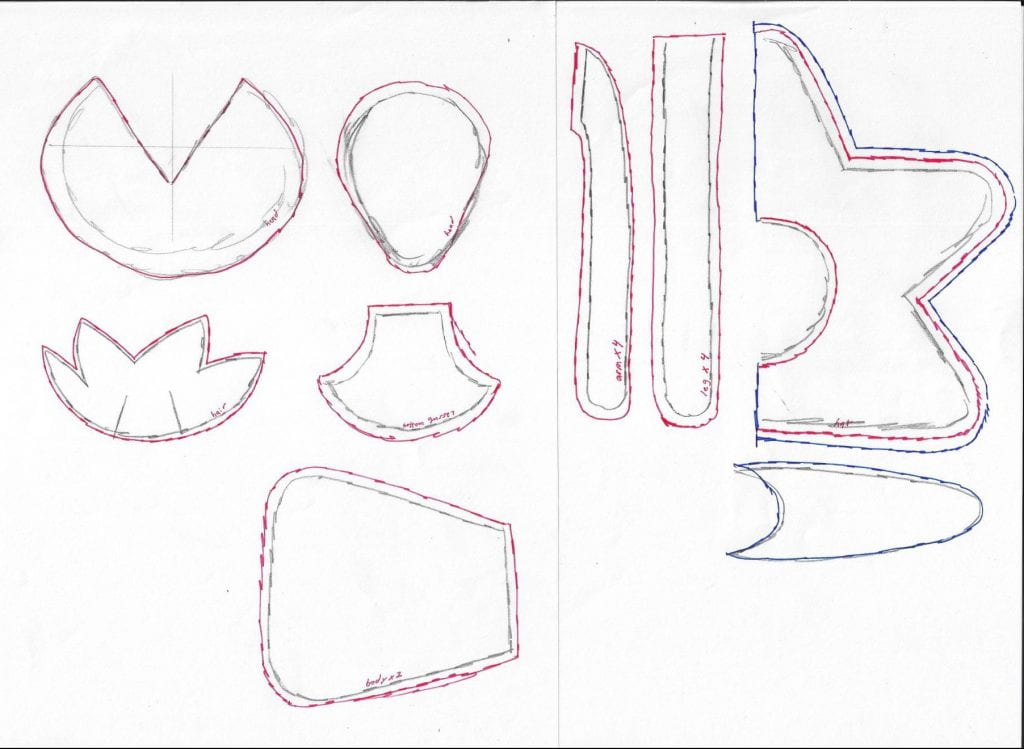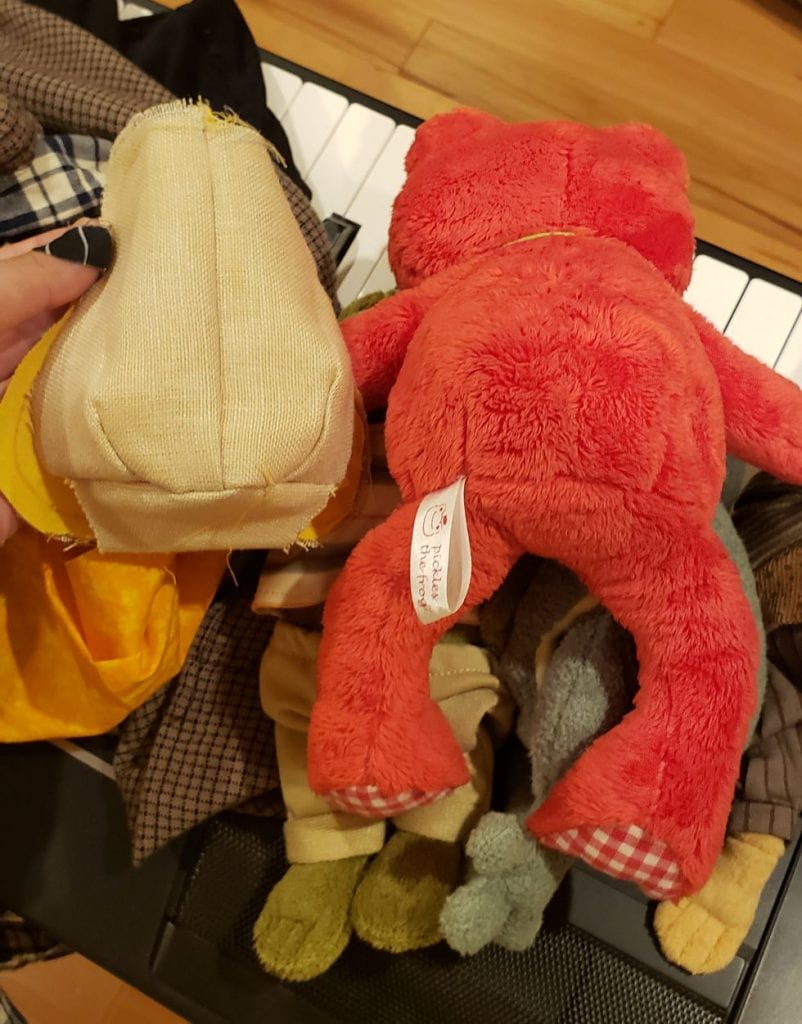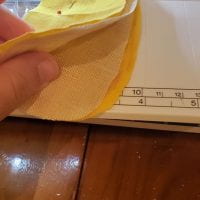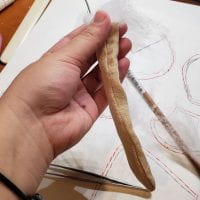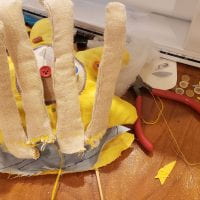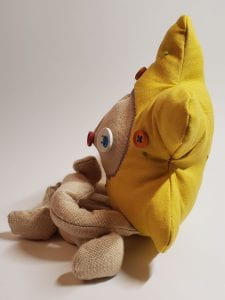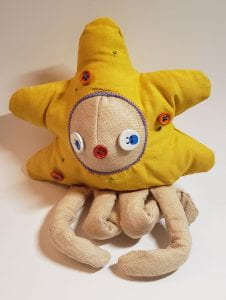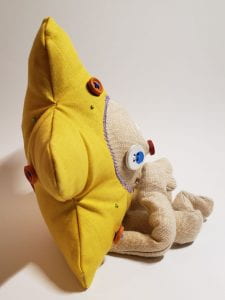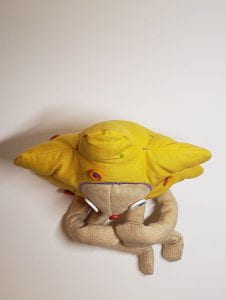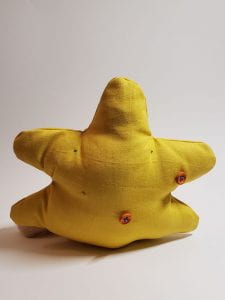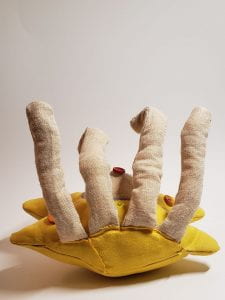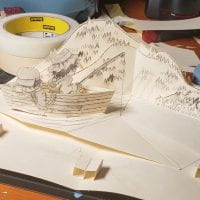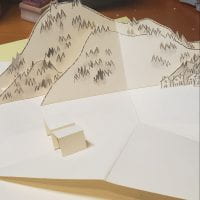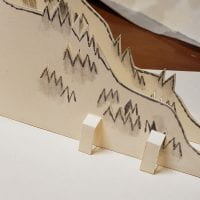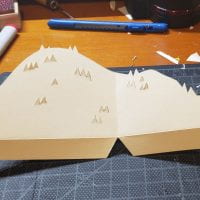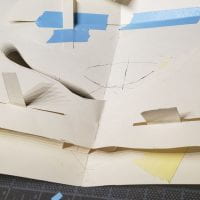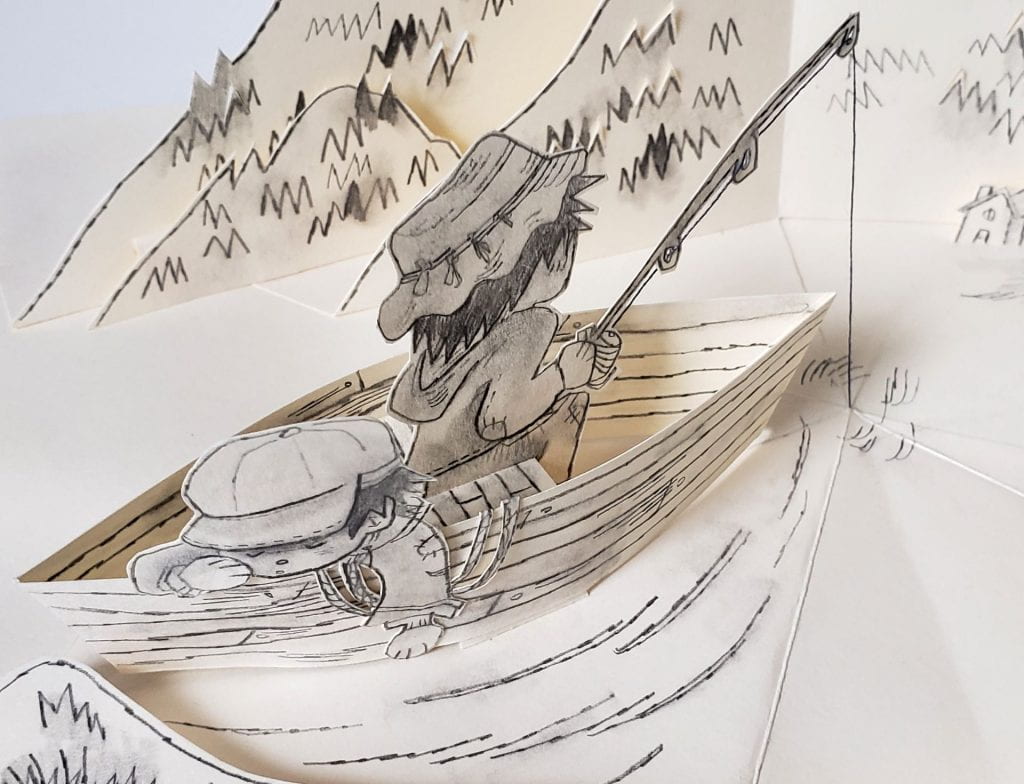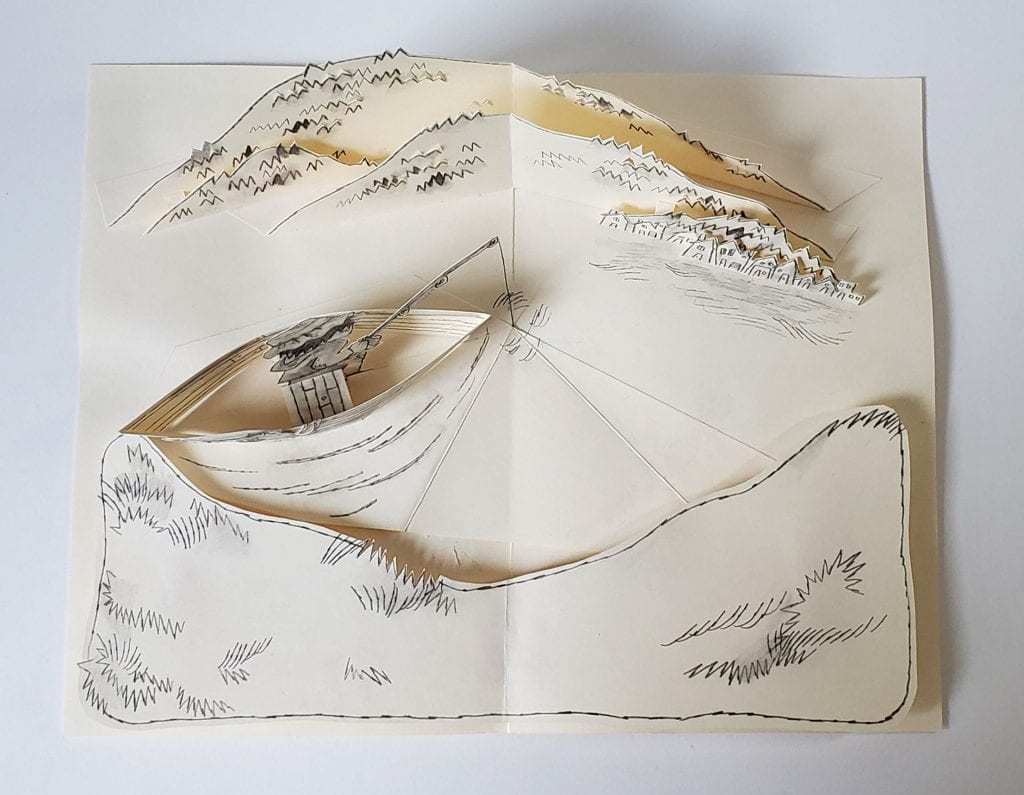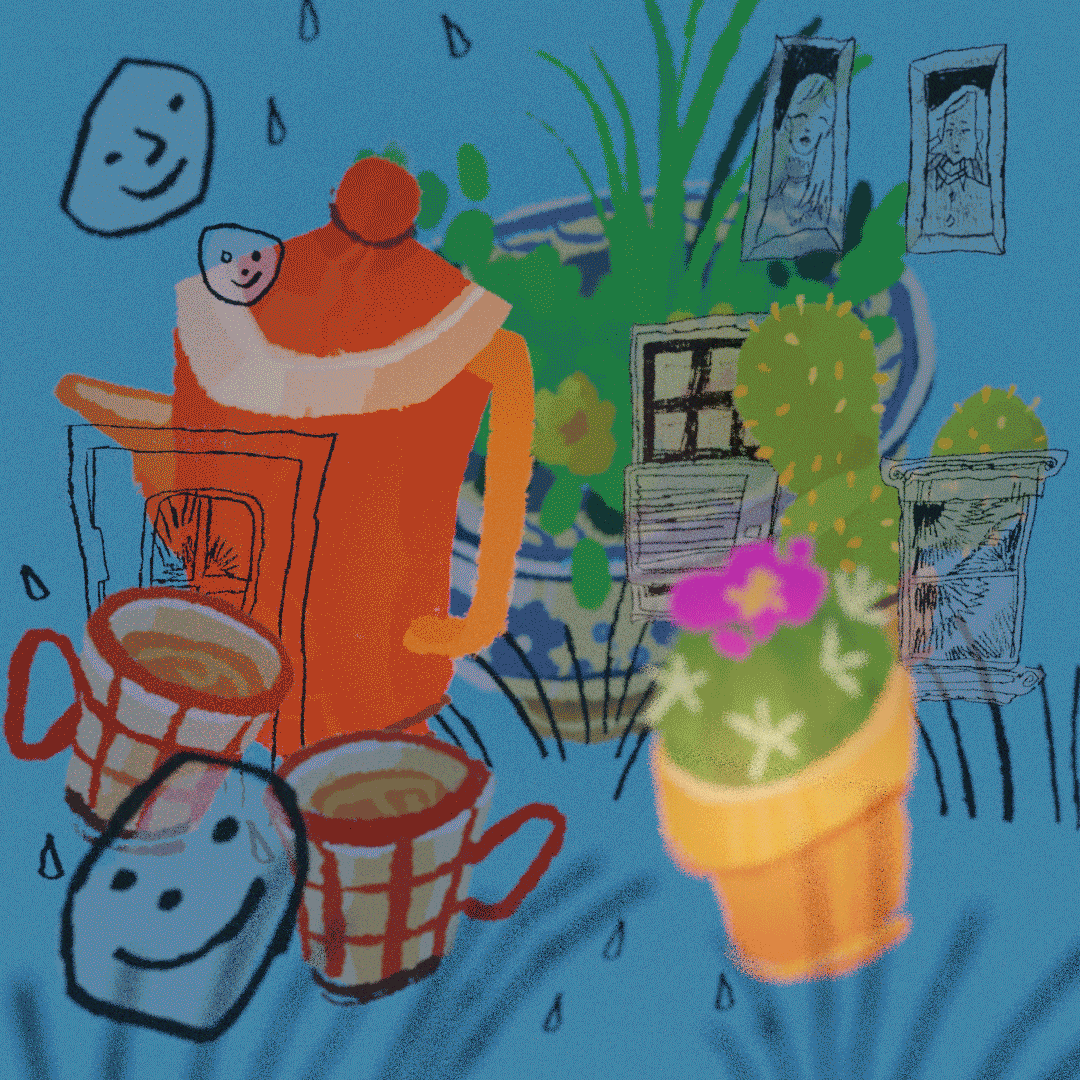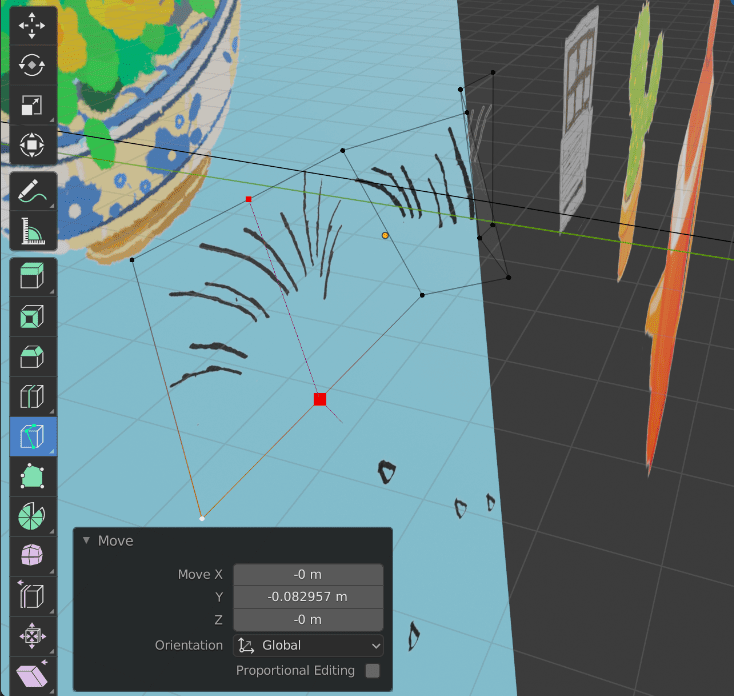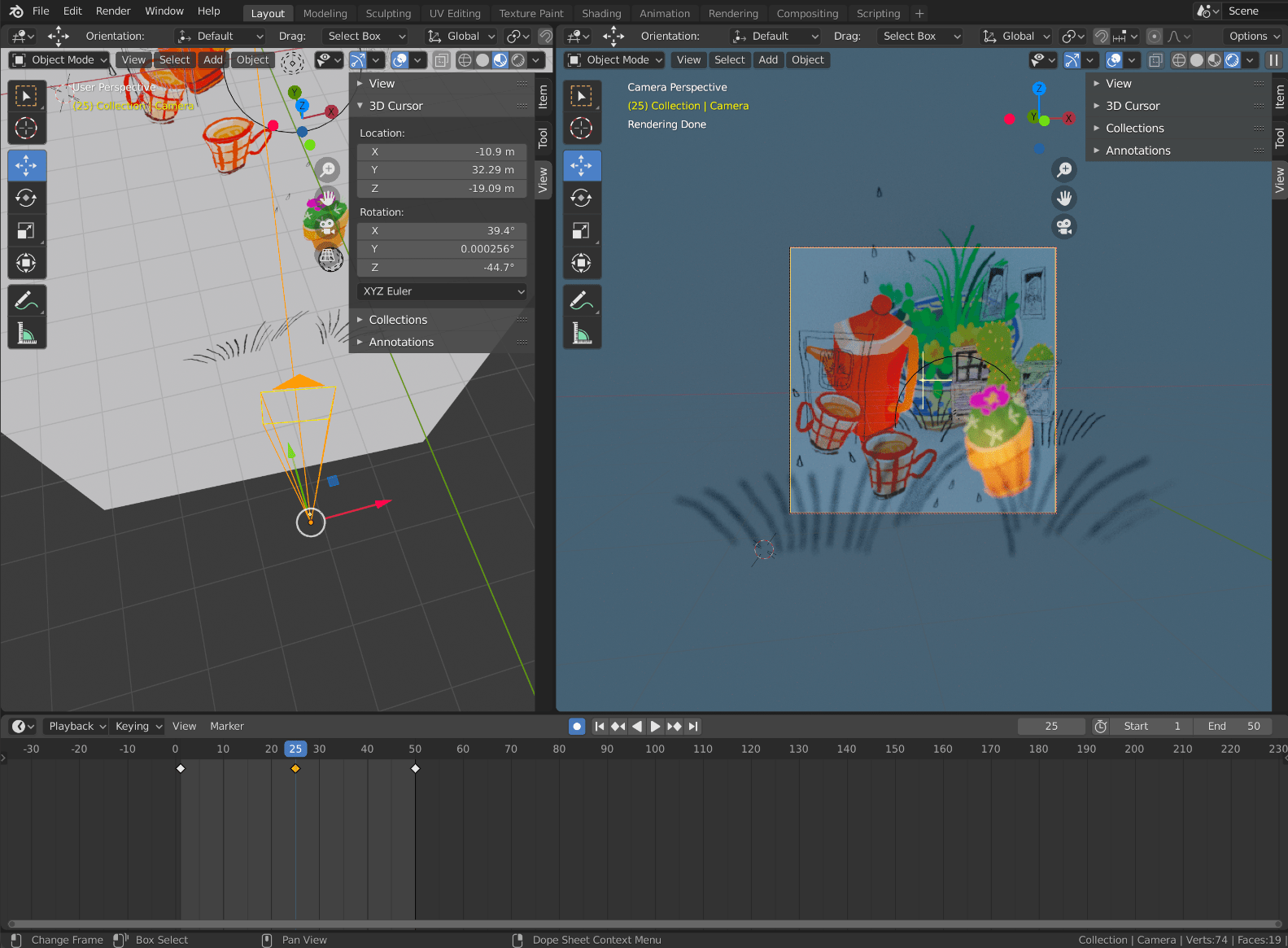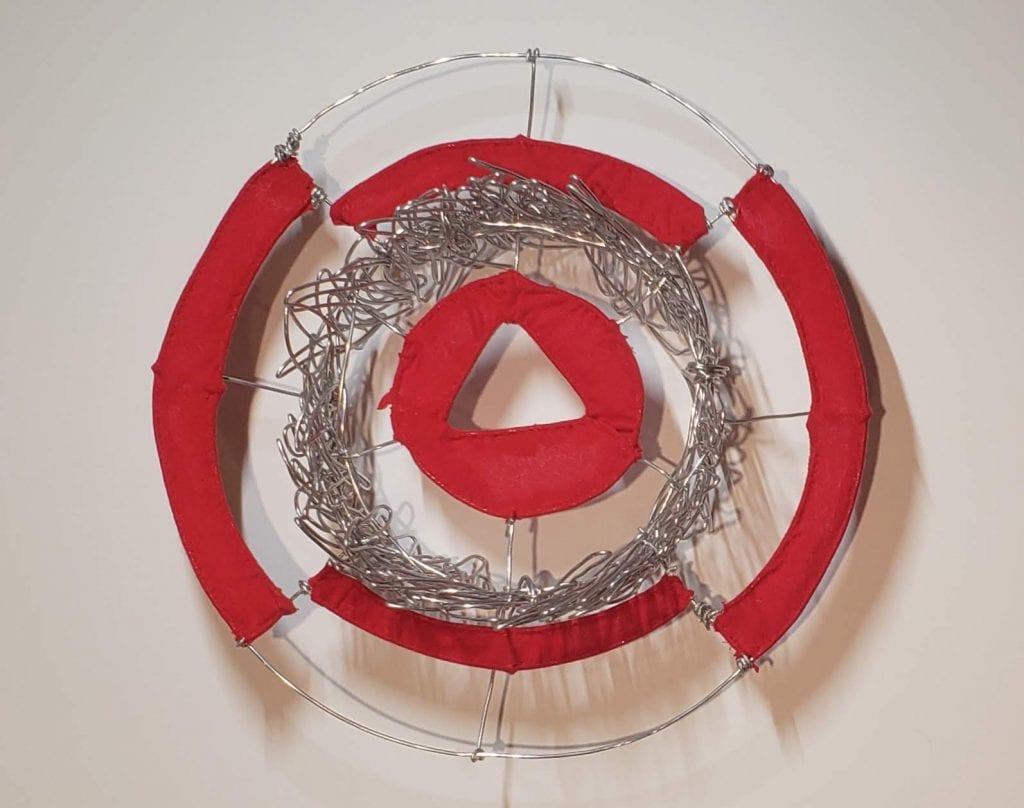
Map (Click for fullsize)
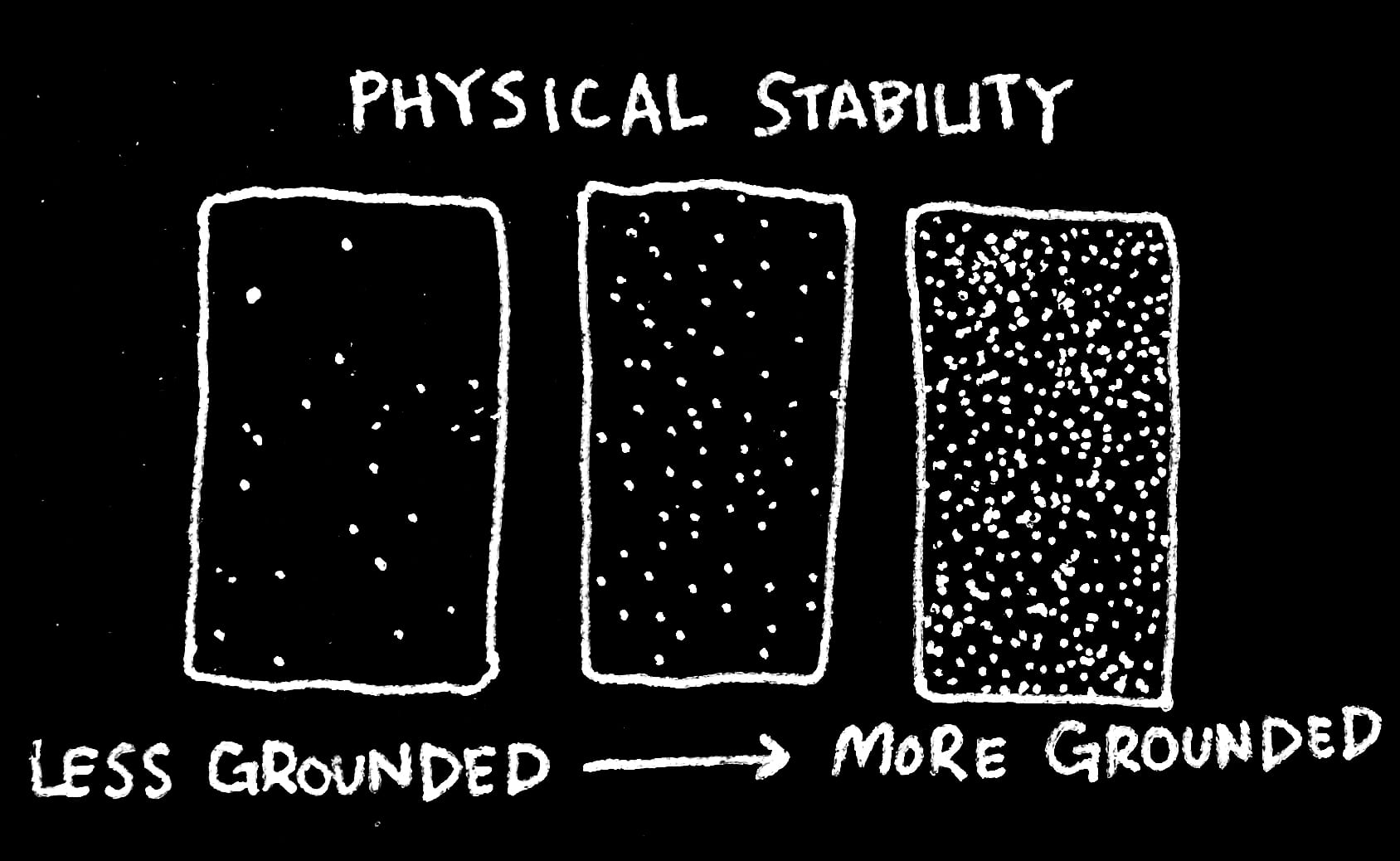
Key
Notes from after the walk:
*white, yellow, like i was in space,
ground feels like it moves, warping changing
the feeling of the walls, bumpy, cool
white, white, white, grey, black
* standing still at the elevator, floor moving, the button, reaching out
move to common area yellow, head swimming
yellow yellow yellow, cold, swimming, going straight
* the feeling of metal and the color gray
sound of whirring, air conditioner, clang
turning around, gray white
waiting at elevator, curve of the door
*being in elevator
floor is sturdier
cold elevator walls
the next floor.
* swimming, yellow and green and pink
the room. felt open but narrow
cool, fragrant smell. sweet
bright, yellow, blue
* constricted in a big space, the stool, the pole? bar on the wall
* smooth door, cold
the next elevator small, open
*the first floor, open, bright. white
the stairs, turning right
the sirens screeching loud, the brightness, chatter people talking
* the slope of the ground
* hitting the pole on the way up
yellow
* the wind hitting my back, pushing me foreqard
the smell of food, people talking
* wind hitting my right side
people talking yellow. pink
* the floor is sturdier, heavier. hitting the plant. heart jumping
water, the sound of rushing water. choppiness, clang clang
blue blue, construction, screech of the saw or drill or whatever
the sound of the truck, loud, air release
wind. warm from the street
turning right, tighter a lot of people, yellow
yellow
blue
warm air
* no wind
turning right, yellow, white, grey, grey ,grey solid ground
In my map I decided to describe the sensation of being “grounded” by adjusting the desnity of a series of small, white dots on black paper. The higher the concentration of dots, the more grounded I felt in a given space– whether it was due to touch– the floor beneath my feet, the feeling of metal lockers, or sound– the whirring of an air conditioner, or chatter around me. I wanted to play with the idea of space– and I felt that making my map, or timeline, mimic the stars in the sky would be interesting word-play. When I was initially walking through the halls of the building, it felt like I was floating above the ground. The tiles seemed to swell beneath me, and there was little sound, other than the distant hum of that a/c. I felt like I was in space. When I finally got outside, I felt instantly grounded, due to the noise and most importantly, the solid foundation of concrete beneath my feet. Each measured out section of my timeline represents the most poignant memory I have of a single space.
The first three sections are somewhat indistinguishable from each other, due to the lack of sensation I felt in these spaces. It’s not until the fourth section that I felt more grounding sensations. It was here where I touched the cold elevator walls, and felt sturdier ground beneath my feet. The lightest sections of this piece, with the highest concentration of dots, are where I first saw the bright light of outside on the first floor, and then left the building.
I felt like dots could desribe touch in a really successful way because I associate these sort of patterns with television static, and the sensation of static electricity. When I was inside the building, there was very little sensation to ground me– no wind, no noise– therefore the static, buzzing, felt a lot lower. Once I got outside the sound just grew, and I my body felt more connected to the space it was in.

